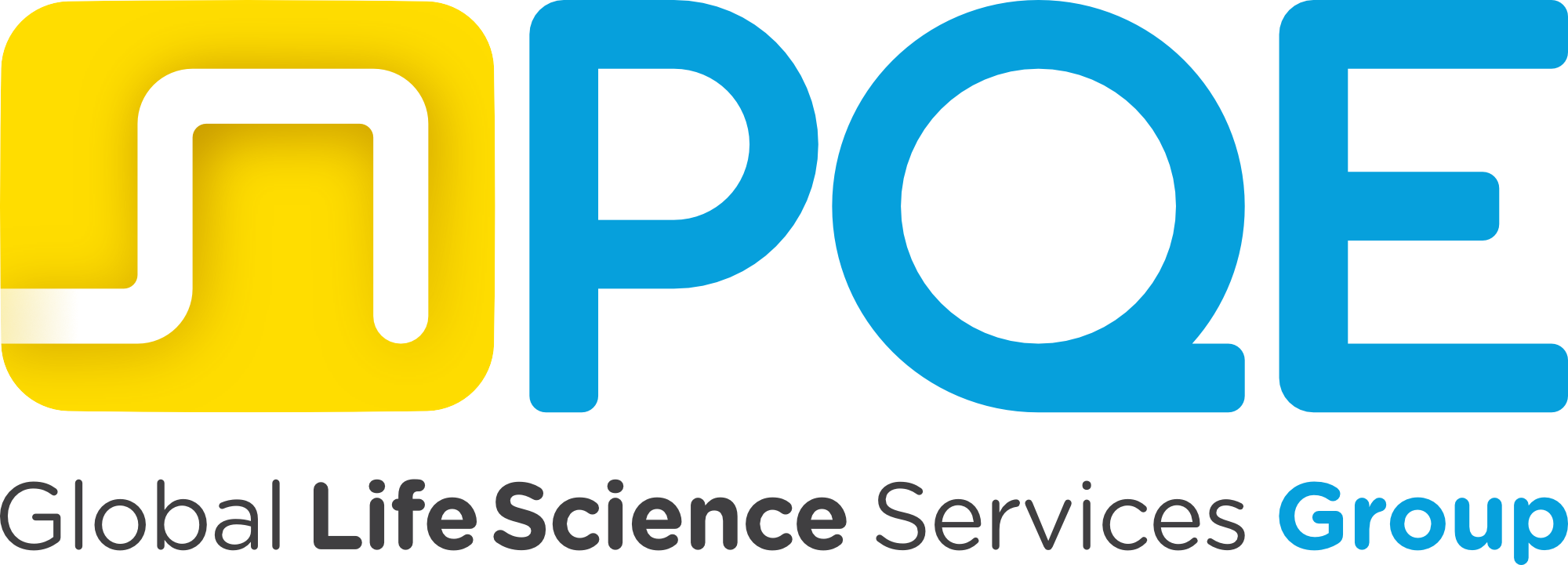Primary key points and possible impact on the pharma industry
As already mentioned above, the new Annex 1 contains many references to new technologies and their application to sterile manufacturing facilities.
Furthermore, a completely different approach to define sterility has been suggested and requested. In fact, instead of considering sterility assurance as an issue to be evaluated only in Grade A and B manufacturing areas, the approach to be considered and applied to assure the sterility of the final product is now a holistic approach. This approach takes into consideration all the steps involved in the process, from the entrance of raw material in the facility, the management of the equipment and the environment of all the manufacturing areas up to the final delivery of the product.
Following this approach, a new document is requested to justify and consider all the operations involved in the manufacturing of the final sterile product. The document is already well known to the pharma community as the Contamination Control Strategy, a document that considers all the strategies used throughout the manufacturing process to control and avoid microbiological contamination.
Additionally, to define measures allowing us to prevent microbial, particulate and endotoxin/pyrogen contamination in the final product, the principles of quality risk management (QRM) should be applied.
Considering the technological advancements
As already mentioned earlier, the new Annex 1 takes into consideration the fact that technology has improved in the last 10-15 years and in particular, equipment such as isolators and RABS have been implemented with high levels of automation, requiring human intervention only during abnormalities in the manufacturing process. The core of the document is the encouragement in the use and/or implementation of these new, highly automated technologies and limiting human intervention during the process, aiming to limit the risk of contamination of the final product.
Use of isolators and/or RABS also defines a better work environment for personnel who can act as equipment supervisor and deliver only spot actions in Grade C cleanrooms, where lighter gowning is required and consequently, a more comfortable way of job execution will be in place.
Annex 1 also suggests implementation related to Pharmaceutical Quality System (PQS) by adding special requests for PQS of sterile facilities. Examples of additional requests include: an effective Risk Management System integrated in all areas of the product life cycle, appropriate knowledge and expertise of the sterile manufacturing process, root cause analysis applied to all procedures, and process or equipment failures to identify possible risks for the product.
Typically, small facility sites with older equipment tend to be more concerned with the new requirements for facility and equipment design, while larger and/or newer sites are more concerned with quality system management, which is also a fundamental aspect strongly emphasized in the new Annex 1.
In Conclusion
The 2022 Annex 1 is a complete document that is applicable to all processes as a whole and as such, should to be considered when verifying and implementing contamination measures to assure the sterility of final products.
All the above-mentioned topics and much more are part of the services that PQE can offer their customers to support them in this “new” world by providing a multidisciplinary team of people having different expertise to cover all the different areas: microbiology, engineering, quality, qualification and validation.





